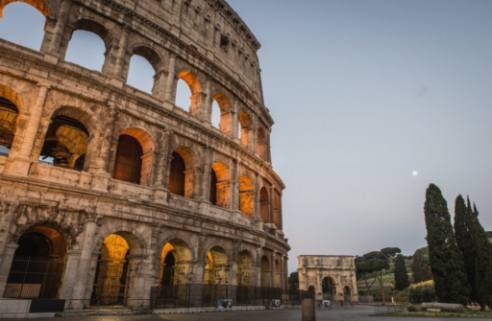How to Use Rome's Metro: A Beginner's Guide
22 November 2025 by Irina G.Rome, the capital city of Italy, is a vibrant and bustling metropolis with a rich history dating back thousands of years. One of the best ways to navigate this ancient city is through its efficient and expansive metro system. For beginners looking to explore Rome's top attractions, mastering the metro is essential. From understanding the various metro lines and stations to purchasing tickets and avoiding common mistakes, this beginner's guide will help you make the most of your time in Rome.

Understanding Rome's Metro Lines and Stations
Rome's Metro system consists of three main lines: Line A (orange), Line B (blue), and Line C (green). Line A runs east to west, Line B runs north to south, and Line C connects the city center to the southern suburbs. Each line has multiple stations that stop at key locations throughout the city, making it convenient for travelers to navigate Rome's attractions. Some of the most popular stations include Termini, the city's main transport hub, Spagna, near the Spanish Steps, and Colosseo, located near the iconic Colosseum. Understanding the layout of Rome's Metro lines and stations can help visitors efficiently travel around the city and explore all that Rome has to offer.Purchasing Tickets for Rome's Metro: A Step-by-Step Guide
When visiting Rome, one of the most convenient ways to travel around the city is by using the metro system. However, before you can start exploring all that Rome has to offer via the metro, you'll need to purchase a ticket. Here is a step-by-step guide to purchasing tickets for Rome's metro:Decide on the type of ticket you need: Rome's metro system offers several different types of tickets, including single-journey tickets, day passes, and multi-day passes. Consider how often you'll be using the metro and how many days you'll be in Rome to determine which type of ticket is best for you.
Locate a ticket vending machine: Ticket vending machines can be found in every metro station in Rome. Look for the machines near the entrances to the metro platforms.
Select your language: Most ticket vending machines in Rome offer multiple language options. Choose the language you are most comfortable with to navigate through the ticket purchasing process.
Choose your ticket type: Use the touch screen on the ticket vending machine to select the type of ticket you'd like to purchase. Follow the prompts on the screen to indicate how many tickets you need and for which duration.
Pay for your ticket: Once you've selected your ticket type, the ticket vending machine will display the total cost. Insert the appropriate amount of cash or credit card to pay for your ticket.
Collect your ticket: Once you've paid for your ticket, the machine will dispense your ticket(s). Be sure to take your ticket(s) as you'll need them to enter the metro system.
Validate your ticket: Before entering the metro platform, be sure to validate your ticket using one of the validation machines located near the turnstiles. Simply insert your ticket into the machine to stamp it with the date and time of use. By following these simple steps, you'll be able to easily purchase a ticket for Rome's metro system and start exploring all of the city's top attractions with ease.